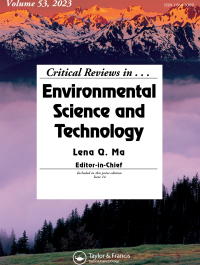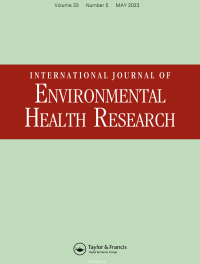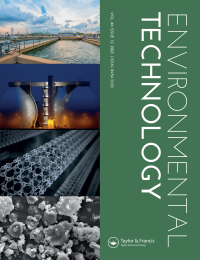

Topic Area Focus: Bioremediation
Bioremediation broadly refers to any process wherein a biological system, living or dead, is employed for removing environmental pollutants from air, water, soil, flue gasses, industrial effluents etc., in natural or artificial settings. The natural ability of organisms to adsorb, accumulate, and degrade common and emerging pollutants has attracted the use of biological resources in the treatment of contaminated environments.

Improved bioprocessing of metals and metalloids for bioremediation

Treating groundwater contaminated by chlorinated solvents

Improving bioremediation practices in municipal water treatment plants

Remediating the damages and environmental consequences from oil spills
Ensuring High-Quality Research Output
All submitted manuscripts will undergo desk assessment and peer-review as part of Taylor & Francis' standard editorial processes and procedures. Please review the journal's Aims and Scope and author submission instructions prior to submitting a manuscript.


